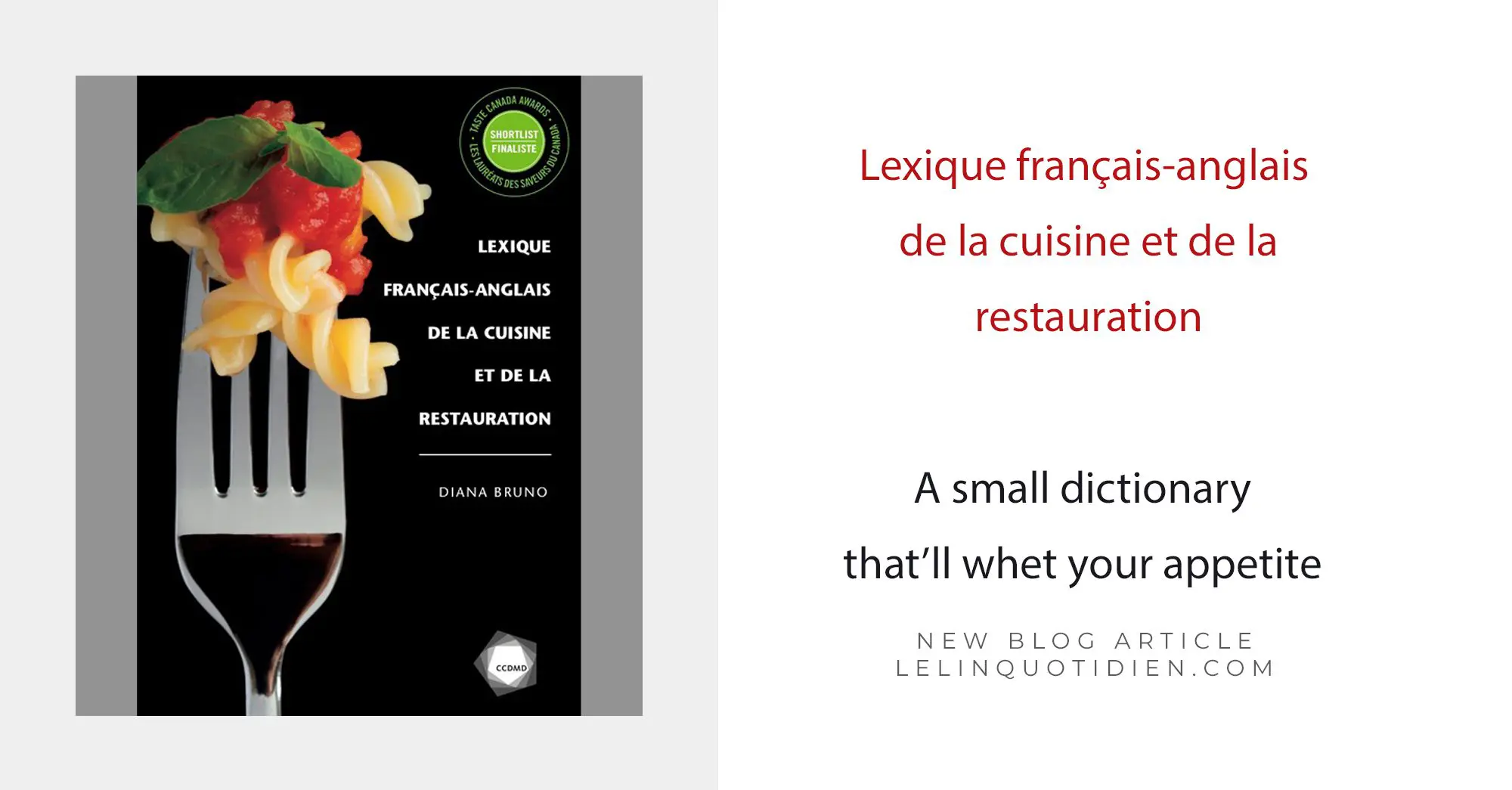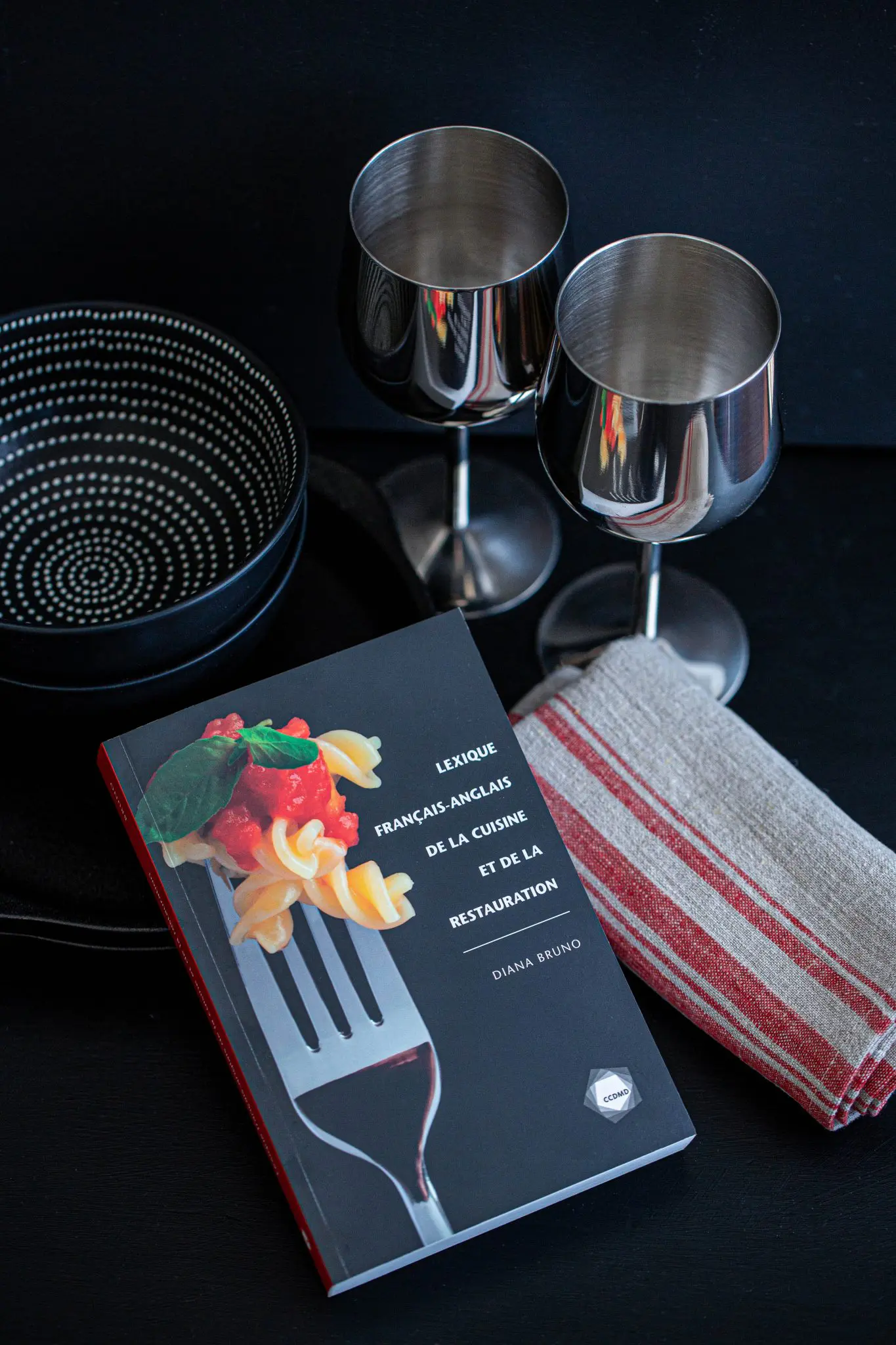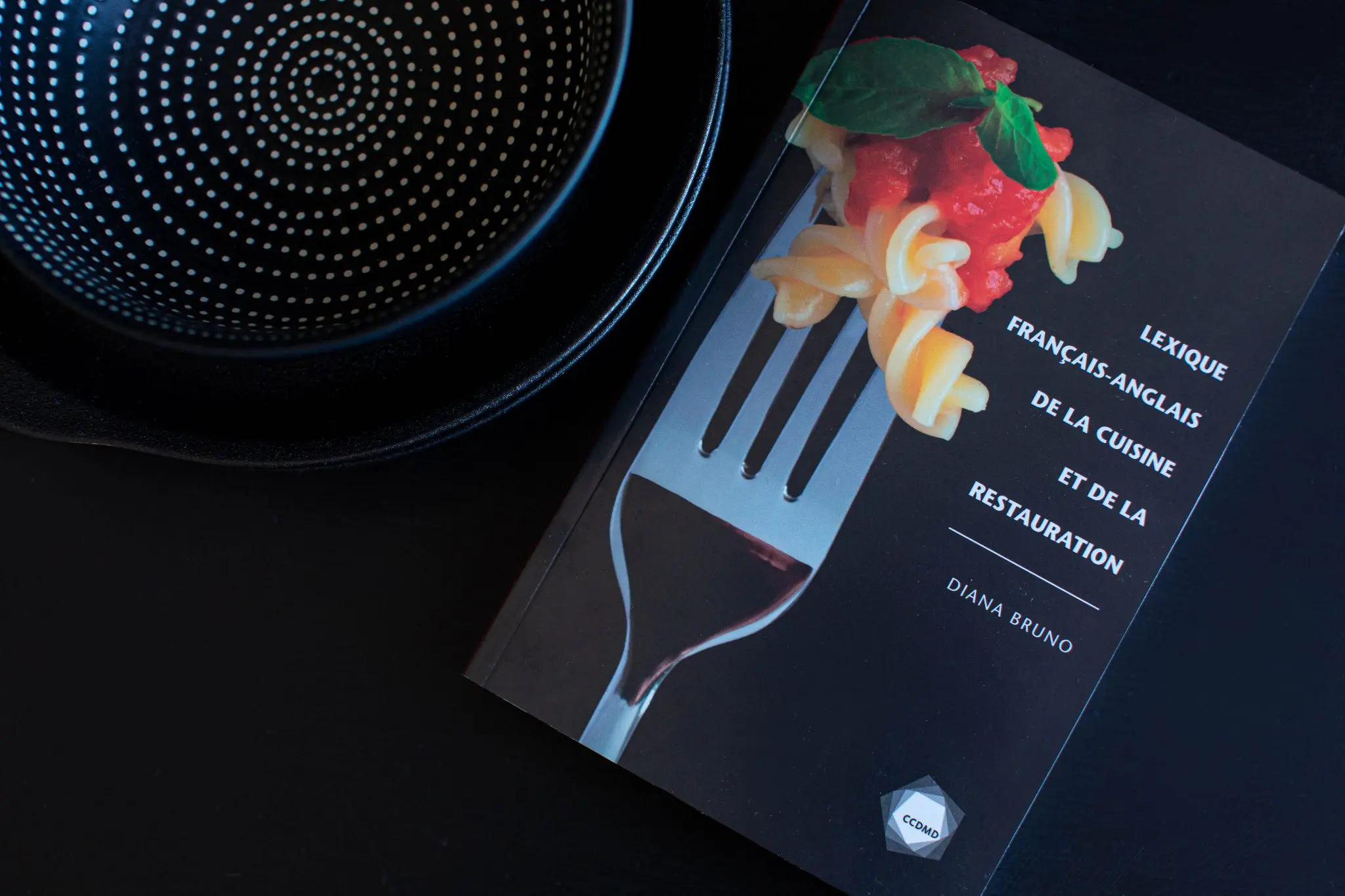 As a tribute to the fashion designer André Courrèges, the creator of the trapeze dress that we love and that suits us all so well. Each of us has at least one in our wardrobe, without necessarily knowing the origin. This dress with a retro look is always very trendy and is the essence of the minimalist style with pure lines. If “Simplicity is the ultimate sophistication” to quote Leonardo da Vinci, then this dress is the perfect representation. Although the design is very sober, there is nothing static or rigid about it. Moreover, the trapeze dress enhances the beauty of all women, regardless of their body type.
As a tribute to the fashion designer André Courrèges, the creator of the trapeze dress that we love and that suits us all so well. Each of us has at least one in our wardrobe, without necessarily knowing the origin. This dress with a retro look is always very trendy and is the essence of the minimalist style with pure lines. If “Simplicity is the ultimate sophistication” to quote Leonardo da Vinci, then this dress is the perfect representation. Although the design is very sober, there is nothing static or rigid about it. Moreover, the trapeze dress enhances the beauty of all women, regardless of their body type.
 André Courrèges
André Courrèges
André Courrèges studied drawing and architecture. He creates a functional fashion where white dominates and he is inspired by geometric shapes. His little white dress is the counterpart of the little black dress of Coco Chanel. In 1965, Yves Saint-Laurent spoke of the “Courrèges Bomb” saying: “I was bogged down in traditional elegance, Courrèges took me out. His collection appeared like a bomb. Afterwards, nothing was the same”.
Throughout his life, André Courrèges will say that he is primarily aimed at modern women, active, wishing to buy a way of life than fashion clothes. Bold women, freed from the shackles imposed by traditional fashion, corsets, guêpières, high heels. The work of André Courrèges is that of a visionary. Architect of clothing as much as a couturier, outrageously copied, he refused pure aestheticism in favor of easy-to-wear creations. He created an accessible, highly feminine, pure fashion. His vision is more than ever at the heart of the most current trends, Slow Fashion, Hygge, minimalist.
The perfect fit
The trapeze dress is narrow from the shoulders to the waist and thus highlights the feminine bust. By flaring down, it does not insist on the hips or buttocks. Thanks to its cut, the fabric dances when we walk, putting us in touch with our femininity. It leaves us completely free to move, allows us to walk with big steps, to cross the legs and bend easily. This is exactly the spirit of the designer.
The trapeze dress adapts to all circumstances. It is perfect for everyday casual look with flat shoes or sneakers. On the other hand, its natural chic makes it a sublime garment for special occasions, weddings, romantic dinners or cocktails.
The trapeze dress enhances any figure. If you are slim and everything fits you perfectly, it will highlight your femininity and sensuality. If your hips are wider than your shoulders and you want to hide your curves, it is perfect. On the contrary, if your shoulders are wider than your hips, it balances the whole. In any case, its flared cut refines the legs.
This little dress, signed André Courrèges is therefore a stroke of genius. Every time you wear it with happiness, have a grateful thought to its creator, the one who was named Le Corbusier of fashion by the Women’s Wear Daily, a daily women’s fashion newspaper considered as the Bible in this field.









 The Lexique français-anglais de la cuisine et de la restauration (French-to-English Lexicon of Cooking and Food Service) is one of those rare gems you come upon by chance. Lucky me as I am addicted to the pleasures of the table, and of language, and I’m eager to share with you my recent find.
The Lexique français-anglais de la cuisine et de la restauration (French-to-English Lexicon of Cooking and Food Service) is one of those rare gems you come upon by chance. Lucky me as I am addicted to the pleasures of the table, and of language, and I’m eager to share with you my recent find.

